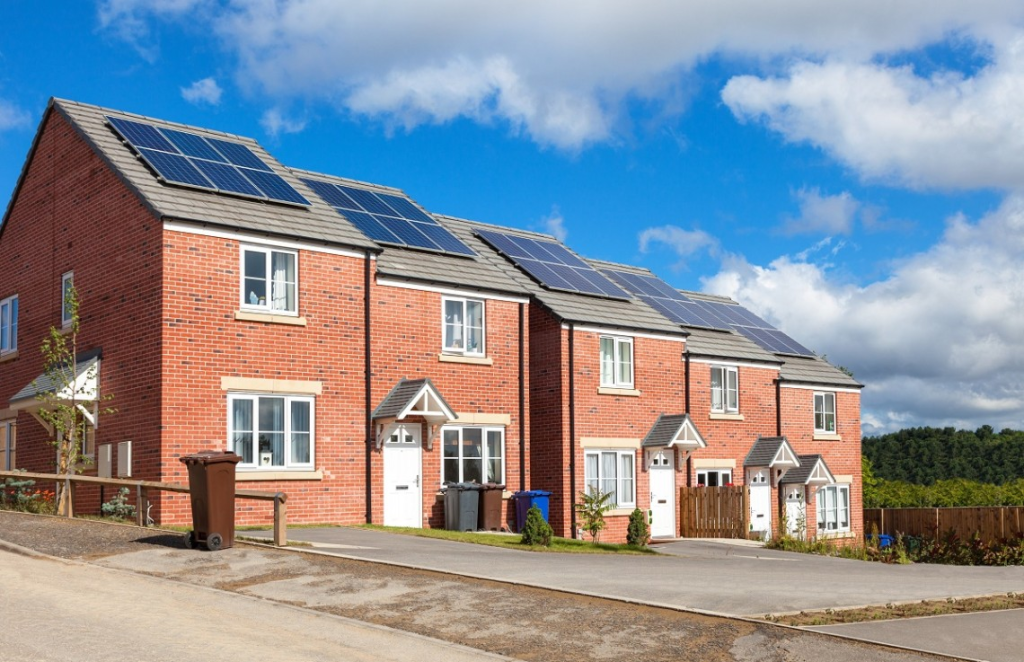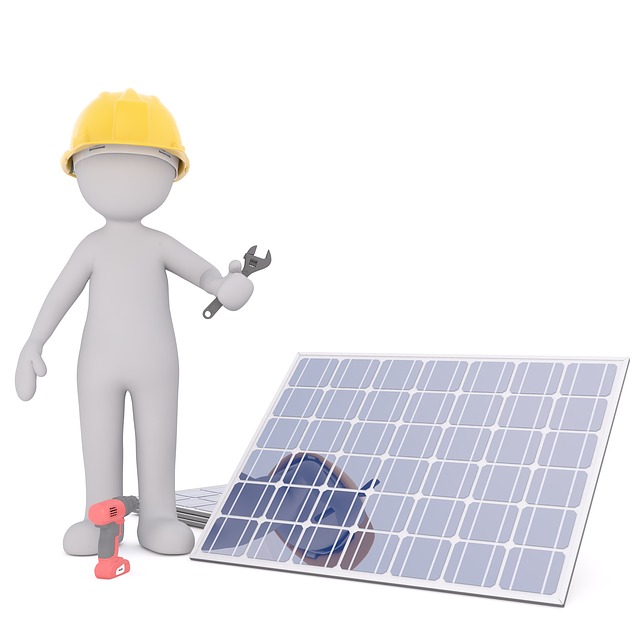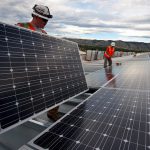Your guide to installing PV panels in Ireland including types of systems, sizing, installation and battery options.
This article covers:
- Benefits of PV
- What a PV system looks like
- Finding the right size PV system for your home
- Storing excess electricity
- Battery types, ratings and capacity, lifetime and AC DC coupling
The ROI Department of Communications, Climate Action & Environment answers your questions regarding the installation of photovoltaic (PV) panels for your house, in light of the PV grant introduced in July 2018.
What will solar PV do for my home?
Solar PV will generate renewable electricity, which you can use in your home. This will reduce the amount of electricity you currently purchase from your supplier. This reduction in cost from your electricity supplier is a saving, which over time can offset the installation cost of the PV system.

What will my solar PV system look like?
A domestic solar PV system consists of a number of solar panels mounted to your roof (or in your garden) and connected into the electrical system within your building. The solar panels generate DC (direct current – like a battery) electricity, which is then converted through an inverter to AC (alternating current – like the electricity in your domestic socket). Solar PV systems are rated in kilowatts (kW). A 1kW solar PV system would require 3 or 4 solar panels on your roof. The generated electricity feeds any electrical loads in your home, and any excess can be stored (in a battery, or other storage solution like your hot water immersion tank) or exported from your house into the electrical network on your street.
[adrotate banner="58"]What is the right size solar PV system for my home?
The size of solar PV system will depend on a number of factors, and you should discuss this with potential installers. Your installer should consider the amount of electricity you use in your home, when you use it most during the day, and the size, and orientation, of your roof.
It is desirable to maximise the amount of solar electricity you use in your home, sometimes called ‘self-consumption’. You can do this by sizing the solar PV system to meet your demand, and by using energy storage solutions. Analysis of Irish homes found that typically 80% of the electricity generated by a 2kW (kilowatt) solar PV system in an average Irish home would be used within the home (self-consumed). With the addition of storage solutions, this could be increased further towards 100%.
Therefore, for solar PV without storage, a system of 2kW or lower is considered optimal for high self-consumption. For systems larger than 2kW, some form of storage should be considered to increase self-consumption.
How can I store excess electricity?
The simplest way, if you have a well-insulated hot water cylinder (immersion), is to use a diverter to heat hot water with electricity that would otherwise export from your house. This is a very low cost solution, and is considered in the grant support. You should consider your hot water needs in your home, and if you will use the water heated this way.
An emerging solution is the use of a battery storage system. This system will detect when you are exporting energy to the grid, and then will store this energy within a battery within your home. The battery will then feed this stored energy back into your home when you need it next. Homeowners can also receive a grant towards the cost of installing a battery storage system under this scheme.
What is the right type of battery system?
If you choose to install a battery to increase the amount of solar electricity you use in your home, there are a few considerations which you should discuss with your installer
1. Battery rating and capacity:
Battery storage systems are often provided with a power rating in kilowatts (kW). Storage batteries for a grid connected solar PV storage system are around 1kW to 7kW. This is the capability of the battery to charge (from the PV system) and discharge (to the house).
Battery storage system are also provided with a capacity rating in kilowatt-hours (kWh). A battery’s stated electricity capacity is generally larger than the battery’s actual useable capacity, because:
• all batteries lose some energy in charging and discharging, though some have better ‘charge-discharge efficiency’ than others.
• most batteries are not designed to be routinely fully discharged. Some have deeper discharge capability than others.
2. Battery lifetime:
A battery’s efficient lifetime depends on the technology and the way the battery is used – on the number of ‘cycles’ that they undergo. Manufacturers generally give an expected lifetime in years and/or in ‘charge-discharge cycles’. For example:
• ‘Life expectancy = 10 years or 10,000 cycles, whichever is the sooner’
3. DC and AC coupling:
There are two main ways of linking a battery storage system into such a system:
• DC Coupled: the batteries are installed on the same side of the solar inverter as the solar PV panels, they charge from the panels, and their DC energy is only converted to AC when it’s used.
• AC Coupled: the batteries are installed on the grid-side, where the solar PV’s DC has already been converted to AC. A separate inverter converts the AC back to DC for storing in the battery. When the battery discharges, the same separate inverter converts the DC back to AC. This type of battery may allow other functions besides storing solar PV excess electricity, such as storing cheaper night rate electricity to use during the day.




2 Comments